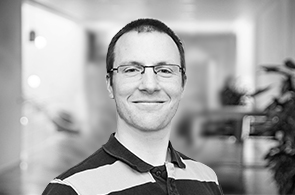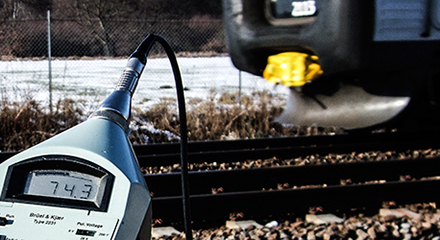Noise measurements at the Airports of Swedavia
Airports and aircraft manufacturers have a common interest in minimising the noise from air traffic – both in order to live up to the requirements of the local environmental authorities and in order to make a good atmosphere among the local citizens. It takes acoustic measurements with sophisticated equipment to assure that the requirements are met.
FORCE Technology has the qualifications to make such noise measurements for its customers.
One of them is the state-owned, Swedish group Swedavia who is a world leader in developing airports with the least possible environmental impact. Swedavia owns ten airports in Sweden and in June 2014 the group contacted FORCE Technology in order to measure the aircraft noise in two of its airports – Malmö Airport and Stockholm Bromma Airport.
“Usually, we are making our own calculations of the aircraft noise and send the necessary reports to the authorities. But it is important to be able to compare our own calculations with physical measurements to secure the accuracy,” explains Alborz Tari, Swedavia’s acoustician, and elaborates:
“Together with a couple of other companies, FORCE Technology is part of a framework agreement which means that we can contact them if we need such measurements in our airports. The people at FORCE Technology were offering the best price and they could help us right away, therefore they were the natural choice,” he notes.
Software synchronises the noise data
The first part of the process took place in Malmö Airport. FORCE Technology's acoustician, Erik Thysell, initially contacted the citizens living near the airport to get their permission to set up the measuring equipment. After deciding on the specific location where the noise measurement should happen – by a horse farm close to the airport – he made sure that electricity could reach the location.For Stockholm Bromma Airport, the number of local citizens living nearby is larger than around Malmö Airport which is why the noise from the aircrafts causes even more annoyance to the local environment. However, the procedure of the noise measurements was the same in both airports.
The equipment was provided by Brüel & Kjær who is the world’s largest manufacturer of systems and measurement equipment for such purposes. And already by the end of June, the measuring of the aircraft noise could begin, Erik Thysell explains.
”In both airports we had installed a 23-feet tall tripod with a microphone on top of it. The microphone captures the signal from the sound and via a cable it is led downwards to the sound pressure measurement on the ground. The measurement is located in a box that protects it from the rain and inside the box is also a 3G modem which sends data directly to our database,” he says.
With one value for each second, data is collected through the whole period – seven weeks at Malmö Airport and two months in Stockholm Bromma Airport.
“All in all, that means a lot of data,” Erik Thysell points out.
Beforehand, Swedavia had provided FORCE Technology with data showing exactly when each aircraft would fly over the measuring point by take-off and landing as well as data showing the different types of aircrafts and their particular characteristics.
”The information is synchronised in our software which is calculating the noise and through an interface to the database we can monitor the noise levels on a continuing basis,” he explains.
The measurements are done according to ISO-20906 which is the standard for unattended monitoring of aircraft sound in the vicinity of airports.
Data collected in a report
Depending on whether the noise is measured during the daytime or at night, this is also taken into account. For instance, one night flight corresponds to ten daytime flights.”Everything is quieter in the evening and especially at night. The citizens are asleep and there is not as much additional traffic noise which means that the aircraft noise is causing more annoyance in these periods,” Erik Thysell explains.
The total sound energy in a certain period of time is called Sound Exposure Level (SEL) and the aircraft noise is measured in the unit LDEN. During the measuring process, the noise is integrated and the sound energies are summed up in decibel (dB). Finally, the data is collected in a report which is important to Swedavia for them to be able to compare the measurements with their own calculations.
With this report, the group can show the authorities how much noise the aircrafts in the two airports are making – and prove that they don’t exceed the different limit values for the local environment.
Satisfied Swedavia
Pleasingly for Swedavia, FORCE Technology's acoustic measuring of the aircraft noise was not far from the group’s own calculations, Alborz Tari sums up.“In some cases, there was a discrepancy within the different aircraft types, but the main conclusion of the report was that the measurements were very close to our own calculations. Even though this is just a sample of measuring points in two of our airports, we now have a good indication that our calculations are precise in most cases,” he explains.
Thus, the cooperation with FORCE Technology is considered a success.
”New aircraft types will be coming and therefore these noise measurements will continue to be relevant in the future,” Alborz Tari says.
Overall, he was very happy with FORCE Technology's approach to the task:
“The people of FORCE Technology are very professional and they have been very good at sending updates on a continuing basis. It was an exciting and satisfying process which went just as planned,” he concludes.
The measurements were performed for Swedavia Swedish Airports. Do you want to know more - contact us for traffic noise consultancy services.
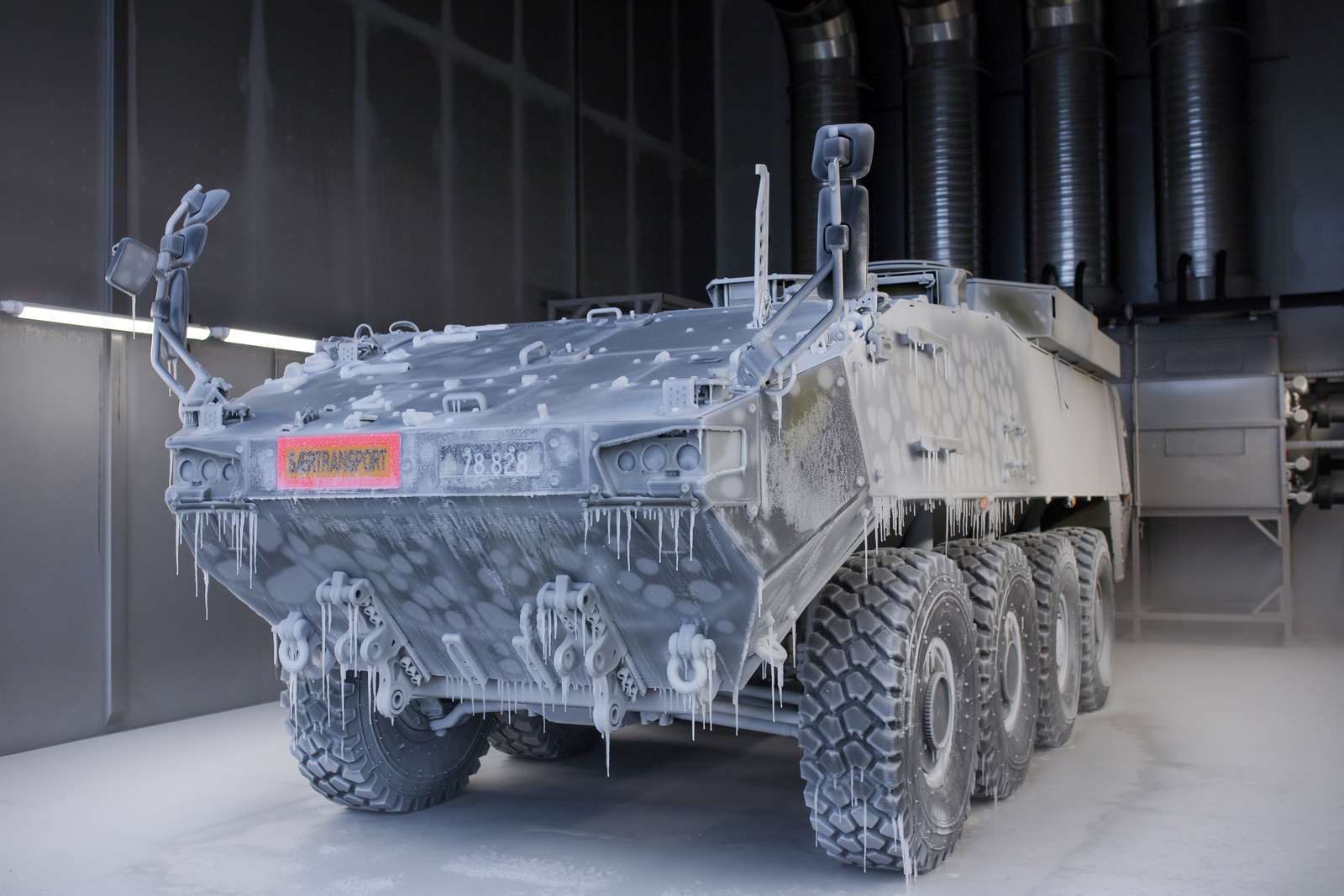
Global defence innovation and testing expertise
/Industry
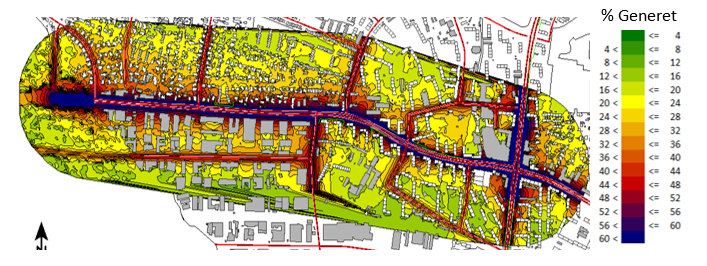
Traffic noise is dangerous to our health
/Article
Every year, at least 200-500 Danes die prematurely due to traffic noise – but what do we do about it?

Noise from the Ringsted-Femern railway
/Case
Mapping out noise and vibrations from the future Ringsted-Femern Railway.
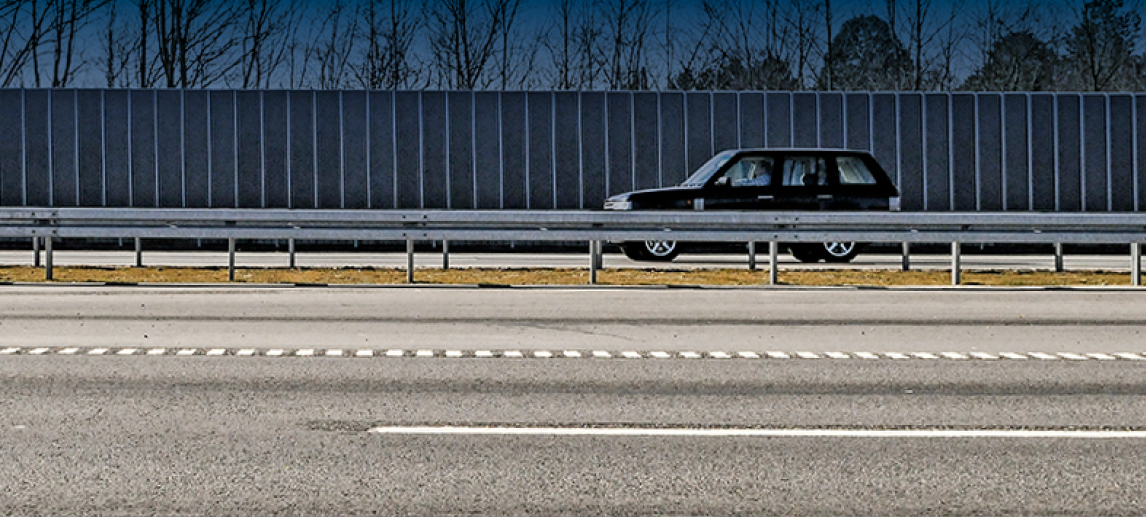
Listen to the future road
/Case
The Danish Road Directorate uses auralisation to explain how a new road will sound to stakeholders.

